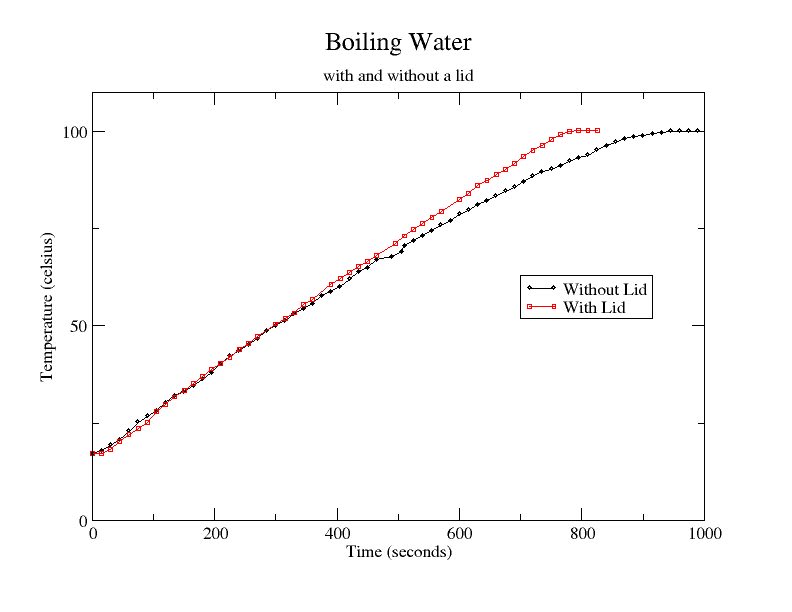Director at AI Impacts.
Posts
Wikitag Contributions
I agree. I look at the red/blue/purple curves and I think "obviously the red curve is slower than the blue curve", because it is not as steep and neither is its derivative. The purple curve is later than the red curve, but it is not slower. If we were talking about driving from LA to NY starting on Monday vs flying there on Friday, I think it would be weird to say that flying is slower because you get there later. I guess maybe it's more like when people say "the pizza will get here faster if we order it now"? So "get here faster" means "get here sooner"?
Of course, if people are routinely confused by fast/slow, I am on board with using different terminology, but I'm a little worried that there's an underlying problem where people are confused about the referents, and using different words won't help much.
why do you think s-curves happen at all? My understanding is that it's because there's some hard problem that takes multiple steps to solve, and when the last step falls (or a solution is in sight), it's finally worthwhile to toss increasing amounts of investment to actually realize and implement the solution.
I think S-curves are not, in general, caused by increases in investment. They're mainly the result of how the performance of a technology changes in response to changes in the design/methods/principles behind it. For example, with particle accelerators, switching from Van der Graaff generators to cyclotrons might give you a few orders of magnitude once the new method is mature. But it takes several iterations to actually squeeze out all the benefits of the improved approach, and the first few and last few iterations give less of an improvement than the ones in the middle.
This isn't to say that the marginal return on investment doesn't factor in. Once you've worked out some of the kinks with the first couple cyclotrons, it makes more sense to invest in a larger one. This probably makes S-curves more S-like (or more step like). But I think you'll get them even with steadily increasing investment that's independent of the marginal return.
- Neurons' dynamics looks very different from the dynamics of bits.
- Maybe these differences are important for some of the things brains can do.
This seems very reasonable to me, but I think it's easy to get the impression from your writing that you think it's very likely that:
- The differences in dynamics between neurons and bits are important for the things brains do
- The relevant differences will cause anything that does what brains do to be subject to the chaos-related difficulties of simulating a brain at a very low level.
I think Steven has done a good job of trying to identify a bit more specifically what it might look like for these differences in dynamics to matter. I think your case might be stronger if you had a bit more of an object level description of what, specifically, is going on in brains that's relevant to doing things like "learning rocket engineering", that's also hard to replicate in a digital computer.
(To be clear, I think this is difficult and I don't have much of an object level take on any of this, but I think I can empathize with Steven's position here)
Regardless, most definitions [of compute overhang] are not very analytically useful or decision-relevant. As of April 2023, the cost of compute for an LLM's final training run is around $40M. This is tiny relative to the value of big technology companies, around $1T. I expect compute for training models to increase dramatically in the next few years; this would cause how much more compute labs could use if they chose to to decrease.
I think this is just another way of saying there is a very large compute overhang now and it is likely to get at least somewhat smaller over the next few years.
Keep in mind that "hardware overhang" first came about when we had no idea if we would figure out how to make AGI before or after we had the compute to implement it.
Drug development is notably different because, like AI, it's a case where the thing we want to regulate is an R&D process, not just the eventual product
I agree, and I think I used "development" and "deployment" in this sort of vague way that didn't highlight this very well.
But even if we did have a good way of measuring those capabilities during training, would we want them written into regulation? Or should we have simpler and broader restrictions on what counts as good AI development practices?
I think one strength of some IRB-ish models of regulation is that you don't rely so heavily on a careful specification of the thing that's not allowed, because instead of meshing directly with all the other bureaucratic gears, it has a layer of human judgment in between. Of course, this does pass the problem to "can you have regulatory boards that know what to look for?", which has its own problems.


I agree that in the context of an explicit "how soon" question, the colloquial use of fast/slow often means sooner/later. In contexts where you care about actual speed, like you're trying to get an ice cream cake to a party and you don't want it to melt, it's totally reasonable to say "well, the train is faster than driving, but driving would get me there at 2pm and the train wouldn't get me there until 5pm". I think takeoff speed is more like the ice cream cake thing than the flight to NY thing.
That said, I think you're right that if there's a discussion about timelines in a "how soon" context, then someone starts talking about fast vs slow takeoff, I can totally see how someone would get confused when "fast" doesn't mean "soon". So I think you've updated me toward the terminology being bad.